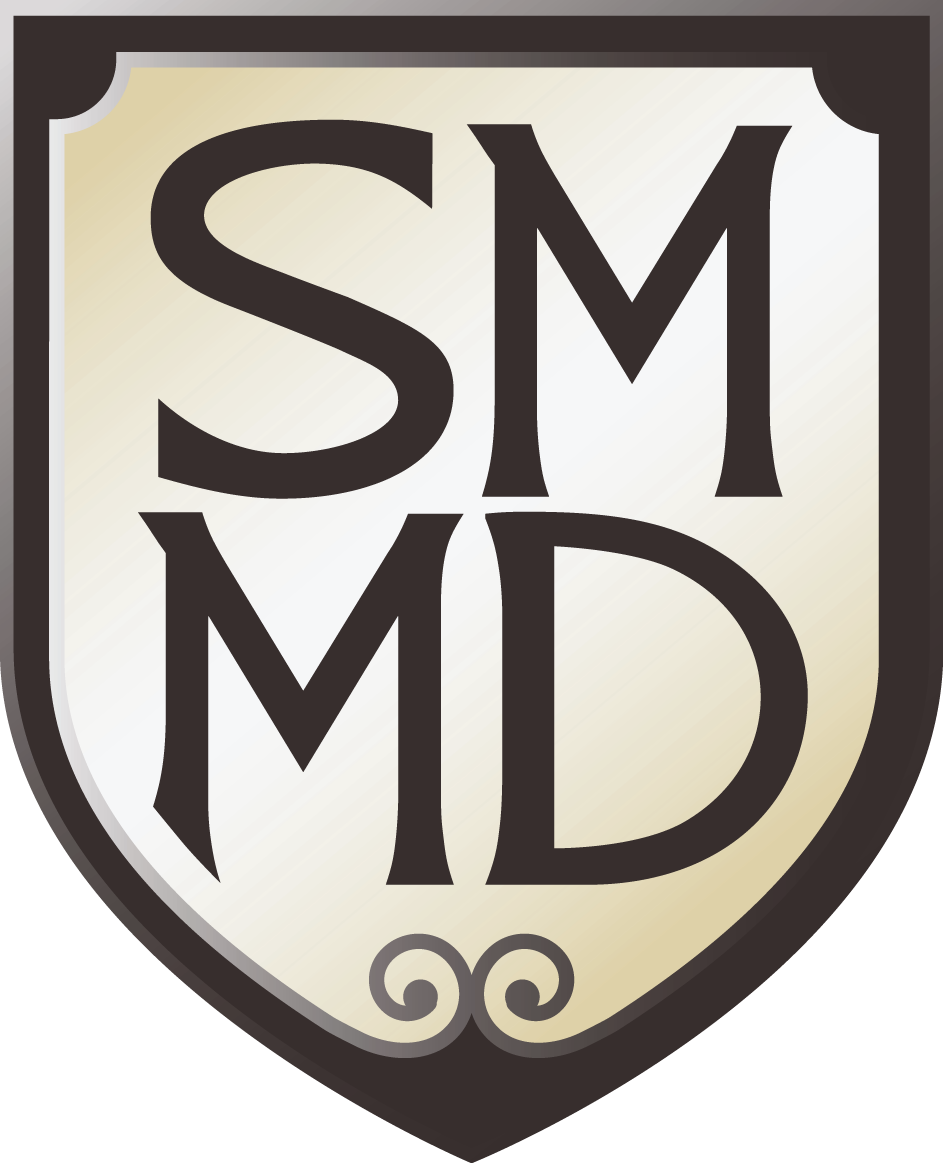The greatest fear of women considering hormone replacement therapy (HRT) for the treatment of menopause is usually breast cancer. This is because, in July 2002, the widely publicized Women’s Health Initiative (WHI) study claimed that HRT increased the risk of breast cancer. More recently, in October 2010, the same study reported that HRT also increased the risk of death from breast cancer.
There is, however, the little-mentioned other side of the story, which everyone should know about:
- The WHI findings on HRT and breast cancer are statistically insignificant, as Bluming and Tavris best explain in their thorough review.
- The WHI study hormones were a daily, fixed-dose, oral combination (Prempro) of horse estrogens (Premarin) and a synthetic progestin (Provera).
- Premarin attempts to mimic estradiol and Provera attempts to mimic progesterone, but neither is naturally found in humans, and thus they are not bioidentical hormones.
- Real estradiol and progesterone are naturally secreted in varying daily amounts in healthy reproductive women, not in a fixed-dose; and progesterone is actually only produced for 14 days of a normal 28 day menstrual cycle. Click here and press “play all” to interactively see how these hormone levels change over a normal menstrual cycle. Click here to view hormone levels during menopause.
- Breast cancer is rare in young reproductive women who secrete both high and low levels of both estradiol and progesterone, depending on the day of their menstrual cycle.
- In 1992 a small randomized 22 year trial showed that postmenopausal women taking high-dose Premarin daily, but Provera for only 7 days out of each month, did not have an increased risk of breast cancer.
- In 2004 it was shown that women in the Premarin-only arm of the same WHI study actually had no increased risk of breast cancer, and the same study reported a slightly lower risk of breast cancer in 2006.
- A pivotal 2008 study showed that postmenopausal women who carry the BRCA1 mutation, which predicts the highest lifetime risk of developing breast cancer in women, showed a surprising decreased risk of breast cancer in patients taking HRT.
- Estrogens are paradoxically known to both stimulate and inhibit growth in many cell types, properties which are considered potentially pro and anti-cancer, respectively.
- High-dose bioidentical estrogen is actually being used today to treat breast cancer.
I’d specifically like to focus on the last two points above, because I find them the most fascinating. The use of estrogens to treat breast cancer is actually not new at all. Before the introduction of the “anti-estrogen” Tamoxifen for breast cancer in the 1980s, diethylstilbestrol (DES) and other high-dose synthetic estrogens were commonly used to treat breast cancer.DES was just as effective for breast cancer as Tamoxifen, but fell out of vogue due to its adverse effects.
The interesting part here is that while DES is an estrogen, Tamoxifen is considered an anti-estrogen, and yet they both have similar efficacy in treating breast cancer.This paradox unravels when one learns that estrogen naturally possesses both growth stimulating and growth inhibiting properties which likely depend on its dose, high-dose estrogens are growth inhibiting (apoptotic), Tamoxifen actually causes super high estradiol levels in premenopausal breast cancer patients, and Tamoxifen may be mimicking high-dose estrogen.
Sadly, the benefits of DES on breast cancer have long been lost in history, and nowadays most patients and physicians alike only know that an “anti-estrogen” is used in the treatment of breast cancer. They then erroneously infer that estrogens cause breast cancer and aren’t even aware that there is any paradox in what is known about the function of estrogen.
Now to the headline of this newsletter: In 2009 a small, phase 2, randomized study on postmenopausal women with breast cancer showed that oral estradiol was clinically beneficial against breast cancer. The lowest effective daily, fixed-dose, oral, estradiol used had the least adverse event rate and achieved estradiol blood levels similar to those found in pre-ovulatory reproductive women. Interestingly, this was the investigators’ goal. So, maybe, aiming to replicate the hormone levels of healthy reproductive women is productive.
An alternative approach to the above oral estradiol schedule (which is bioidentical, but still not physiological and increases inflammation and clotting) would be to prescribe transdermal/topical estradiol and progesterone in a rhythmic, cyclic, manner.The goal here being to achieve estradiol and progesterone levels similar to those found in healthy reproductive women.Such a regimen has actually already been invented, and is called the Wiley Protocol. The Wiley Protocol is currently being prescribed mostly by holistic physicians for the treatment of menopause and is undergoing formal research, but not yet for the treatment of breast cancer.
In conclusion, the WHI’s claim that HRT increases breast cancer risk is incorrect and alarmist and the fear of breast cancer should not prohibit physicians or their healthy postmenopausal women from initiating HRT. However, due to the reality of rhythmic hormone cycles in healthy reproductive women and evidence indicating the improved overall safety and efficacy of bioidentical hormones, I recommend bioidentical hormone replacement therapy (BHRT) and the Wiley Protocol instead of conventional HRT.


Thank you for sharing this information. I in turn will post the link in a Somersizing Support Site to which I belong as it certainly helps to reinforce Suzanne’s thoughts on BHRT.
Cathy in CA